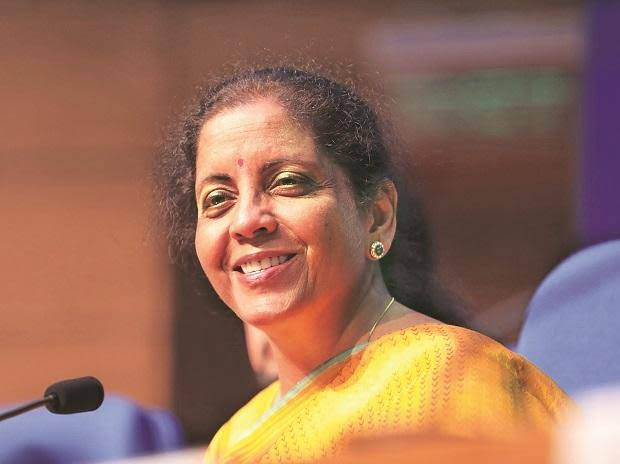India’s fintech landscape has undergone a remarkable transformation, emerging as a global frontrunner with a thriving ecosystem of startups.
The Centre for Advanced Financial Research and Learning (CAFRAL) reports that nearly half of the 14,000 startups founded between 2016 and 2021 belong to the fintech sector. As the third-largest fintech hub globally, India’s fintech firms are projected to outpace traditional banking routes by 2030, signifying a seismic shift in the financial services paradigm.
In the wake of the progressive Union Budget presented last year by Finance Minister Nirmala Sitharaman, which outlined key priorities guiding the nation through the Amrit Kaal, anticipation is high for the upcoming pre-election budget. While expectations suggest a relatively subdued budget, it presents a strategic opportunity to catalyze sustainable growth for FinTech in the Indian economy.
One key expectation revolves around incentivizing FinTech’s dedicated to empowering underprivileged SMEs through financial and technical support. This move aligns with the government’s commitment to fostering inclusive growth, addressing social disparities, and leveraging the transformative potential of fintech.
Additional measures, including maintaining the profitability of state-owned banks, enhancing credit guarantee schemes for MSMEs, introducing Production-Linked Incentive (PLI) schemes, and augmenting subsidies for small businesses, are eagerly awaited. The financial services industry is also anticipating crucial announcements related to the management of Non-Performing Assets (NPAs), aiming to fortify the sector against potential risks.
A notable expectation is the introduction of financial inclusion measures to increase credit penetration in tier-2 and tier-3 markets, benefiting over 64 million MSMEs and underserved individuals. The budget also allows the government to simplify and clarify financial service regulations, encouraging collaboration between traditional lenders and fintechs. This will help spur the creation of smart, risk-tailored solutions, speeding up credit assessments through analytics and technology.
Besides, the fintech sector remains optimistic about the government’s commitment to implementing policies that stimulate sectoral growth, enhance outreach, and amplify India’s digital presence. India’s distinctive digital public infrastructure has been a linchpin in propelling the fintech sector’s upward trajectory, and further emphasis on digitalization is expected in the upcoming budget.
As the sector evolves, a nuanced approach to regulation and policymaking becomes paramount. Striking a balance between fuelling innovation and safeguarding consumer interests should be a priority.
In sum, the budget provides a crucial opportunity for the government to find the right blend – encouraging innovation, ensuring consumer protection, and bolstering digital infrastructure. It’s a strategic moment to bring more Micro, Small, and Medium Enterprises (MSMEs) into the formal framework, striking a harmonious balance for sustained economic growth.




